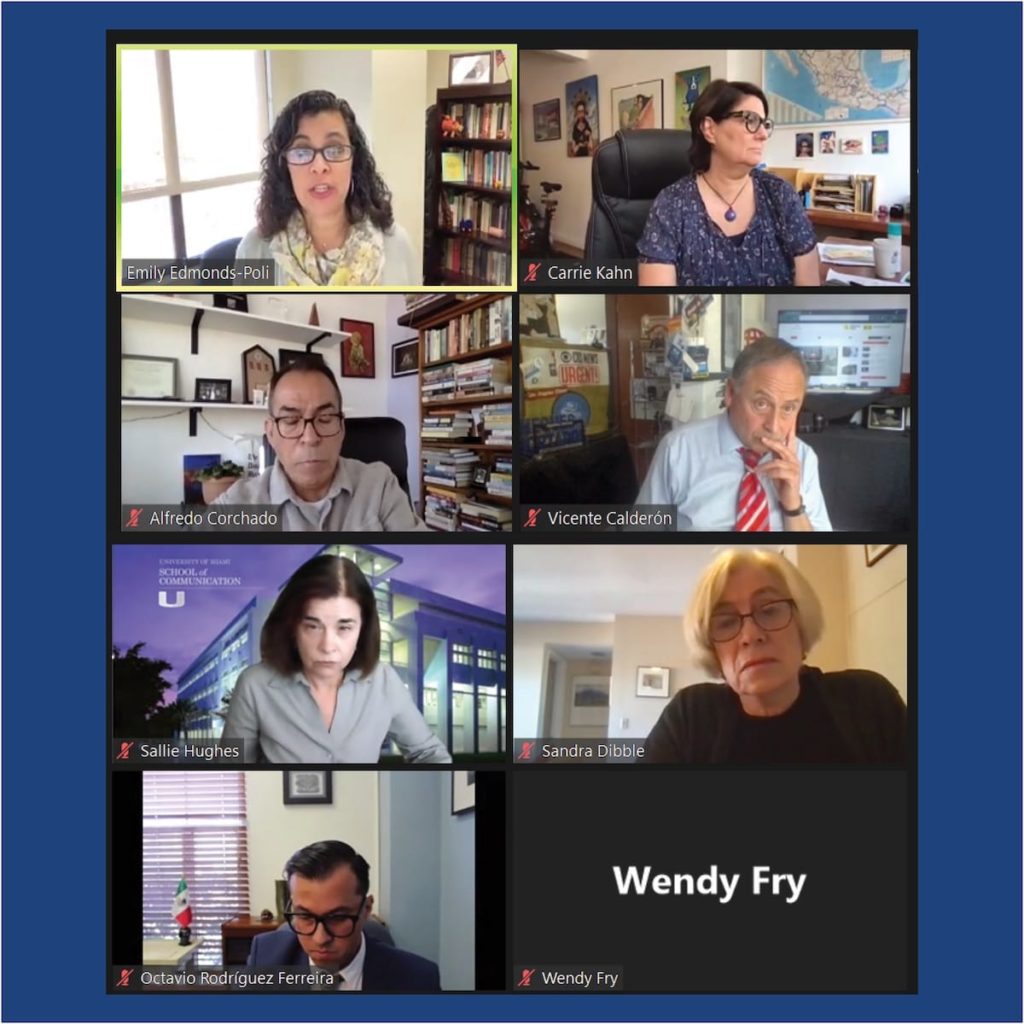11/28/2022 (written by ksoliscoralles) –Justice in Mexico released a new special report entitled, Public Security in Baja California. In the report, author Randall Ramos analyzes the increasing numbers of homicide rates within the Baja California region. Although the largest numbers of violence are linked to the city of Tijuana, an increase of violence can be observed in other municipalities. The data shows a 146.9% increase of intentional homicides in the city of Tecate and a 91.9% increase of homicides in both the rural and urban areas of Mexicali. Simultaneously, Ensenada is seeing historically high numbers of homicides over the past three years.
Along with the growing numbers of violent crimes, the report also details the growing number of retail and street-level drug sales within Playas De Rosarito which experienced 37 times as many drug sales in 2021. In the report, Ramos pinpointed the neighborhoods within these rural areas and cities that are experiencing the highest levels of violence due to the competing interests of various drug cartels such as, the Jalisco New Generation Cartel (Cártel Jalisco Nueva Generación, CJNG), the Sinaloa Cartel, and the Arellano-Félix Organization (AFO). The report analyzes the importance of these municipalities for the cartels due to their ability to build more efficient networks for drug production and distribution, while also analyzing the different levels of government response to the security threat of organized crime and illicit drug activity.
Ramos describes the new formation of alliances between the CJNG, the Sinaloa Cartel, the AFO, and other subgroups such as “Los Chapitos”, “Los Uriarte”, “Los Oaxacos”, and “Los Venados.” The new power dynamics between the cartels highlight the complexity of organized crime within the region and the difficulty of limiting the cartel’s control over the following municipalities. In response to the rising numbers of homicide, and other violent crimes, Baja California deployed the National Guard and began the process of reforming public security institutions. On a municipal level, governments increased security presence within certain areas with high levels of crime.
Ramos offers three policy recommendations to combat the growing number of violent crimes perpetrated by drug cartels. He first recommends that the state prioritize drug rehabilitation and create infrastructure to make drug treatments more accessible to low income and other marginalized communities. He also calls on the state to decrease the criminal exploitation of those who are vulnerable to substance abuse, as well as emphasize drug prevention among Mexico’s youth. Additionally, Ramos proposes that the state create better communication routes as well as enhance interoperability among security agencies in order to improve coordination. Lastly, Ramos urges the state to implement probationary evaluation periods for new municipal officers, and to reassess continuous vetting procedures.




